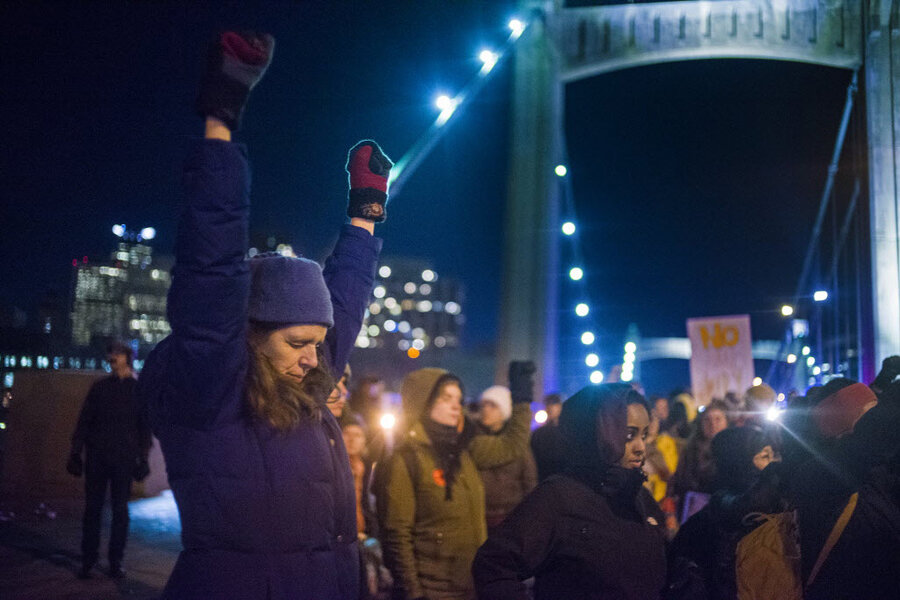FBI set to revamp 'unacceptable' system that tracks police shootings
Loading...
Two months after FBI Director James Comey called the bureau’s system for tracking fatal police shootings “unacceptable” and “embarrassing and ridiculous,” the FBI announced plans Tuesday to revamp the system, expanding its focus to track any incident that causes serious injury and death to civilians in near-real time.
The new system will be in place by 2017, a bureau official told The Washington Post, saying it would also include incidents where police use stun guns, pepper spray, and even their fists and feet that cause serious injuries.
“We are responding to a real human outcry,” Stephen L. Morris, assistant director of the FBI’s Criminal Justice Information Services Division, which oversees the data collection, told the Post. “People want to know what police are doing, and they want to know why they are using force. It always fell to the bottom before. It is now the highest priority.”
In the wake of the shooting of Michael Brown in Ferguson, Mo., in August 2014, as a series of violent confrontations between police and primarily young black men grip the country, citizens are increasingly demanding accountability from law enforcement.
Maintaining a reliable database of how police departments across the country use force has proved notoriously difficult. Mr. Comey’s comments, to a gathering of politicians and law enforcement officials, came after reviewing two databases created by the Post and the Guardian, which focused on fatal police violence.
As of Wednesday, the Post had identified 913 people killed this year by police, 82 of them unarmed, an average of about three deaths per day.
The Guardian’s database focused more broadly on deaths in police custody, including shootings and other means, identifying 1,058 people who were killed. 266 were black, or 6.32 deaths per million people, far outstripping other racial groups relative to their representation in the population.
Mr. Morris, the FBI official, told the Post the FBI data would be “much more granular” than in the past, and likely include the race and gender of the officers and suspects in the encounter, the level of threat or danger an officer faced, and the types of weapons held by either party.
But as with previous data collection efforts, the database would rely on voluntary reports from local police departments as the FBI has said it lacks the legal authority to require departments to report incidents of police violence.
Edwin C. Roessler Jr, the police chief in Fairfax County, Va., who is a member of the 35-person advisory board which approved the FBI’s new system last week, said police organizations “will be taking a leadership role to use peer pressure to get all departments to report on this.”
“Everyone has the right to know the details of these events,” he told the Post.
Officials have often said that part of the challenge for departments lays in simply collecting and maintaining data that can be included in a federal database. Since 2011, less than 3 percent of the 18,000 state and local police agencies have shared data on fatal shootings, the Post reported.
“For a lot of departments, it’s not like they were actively against [releasing data], they just didn’t really know how to do it,” Clarence Wardell, a Presidential Innovation Fellow who works on the White House’s Police Data Initiative said at an event at Harvard’s Kennedy School in November.
“It’s great to release reports, but let’s see what’s underneath, so [citizens] can decide for themselves,” he added.
Morris, the FBI official told the Post technical experts were working on a simpler way to gather the data, which he likened to a TurboTax form.
The bureau has scrapped its old data and begun a pilot program based on the Post’s database and other sources in order to gather records on deaths that are not being identified.
The FBI says it hopes to expand the program and introduce its first full year of data by the end of 2016. The police advisory board is set to determine what types of data can be included by next June.
The old data was “unreliable,” Michael Planty, an FBI official who oversees the database, told the Post. “We needed to start over,” he said.
This report contains material from the Associated Press.





